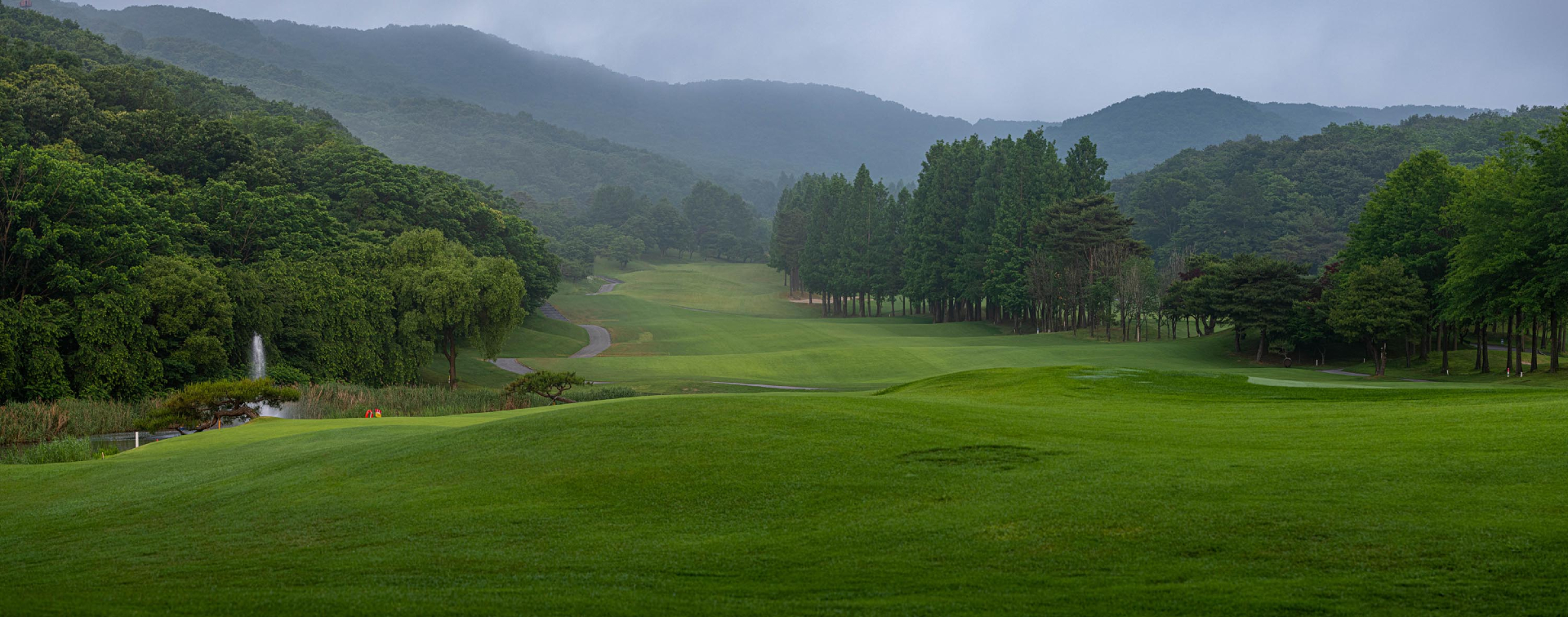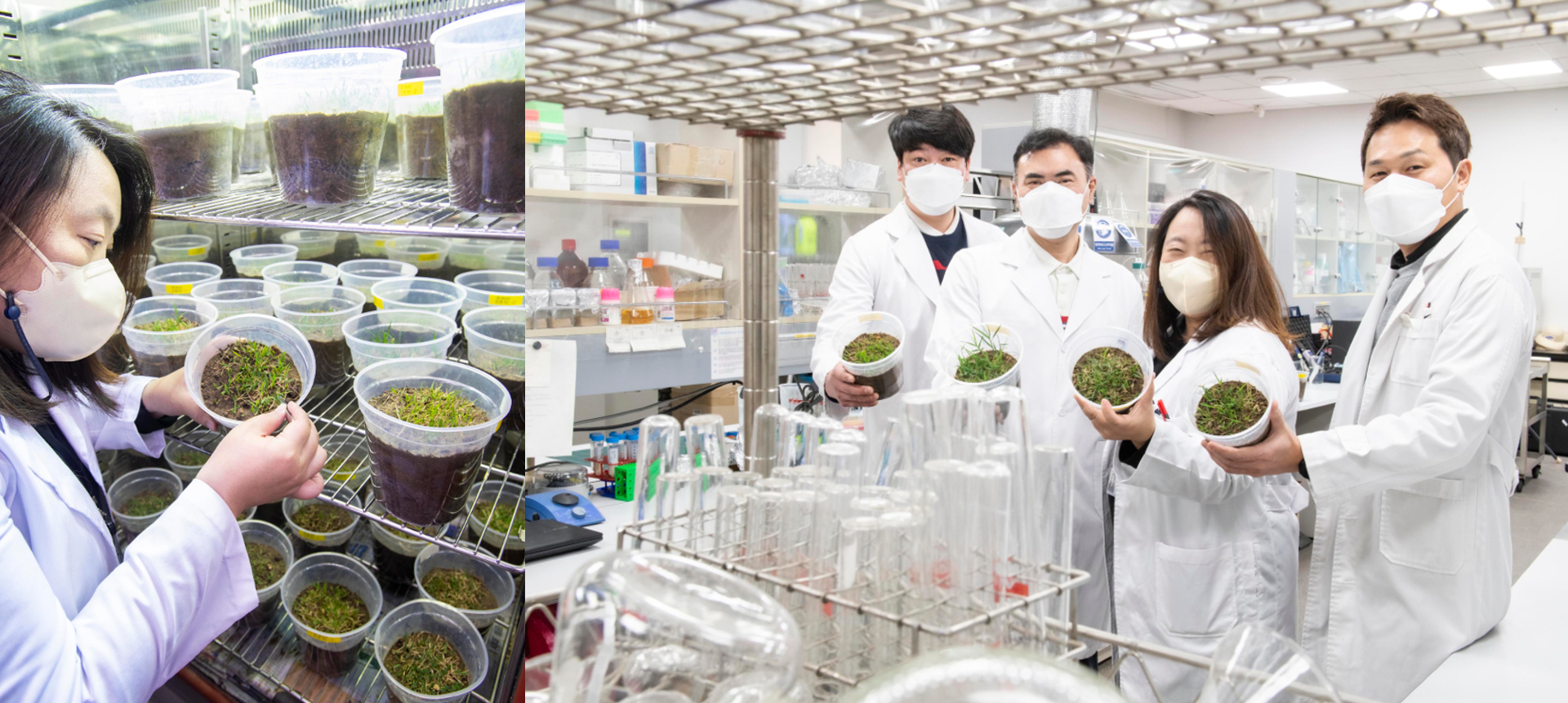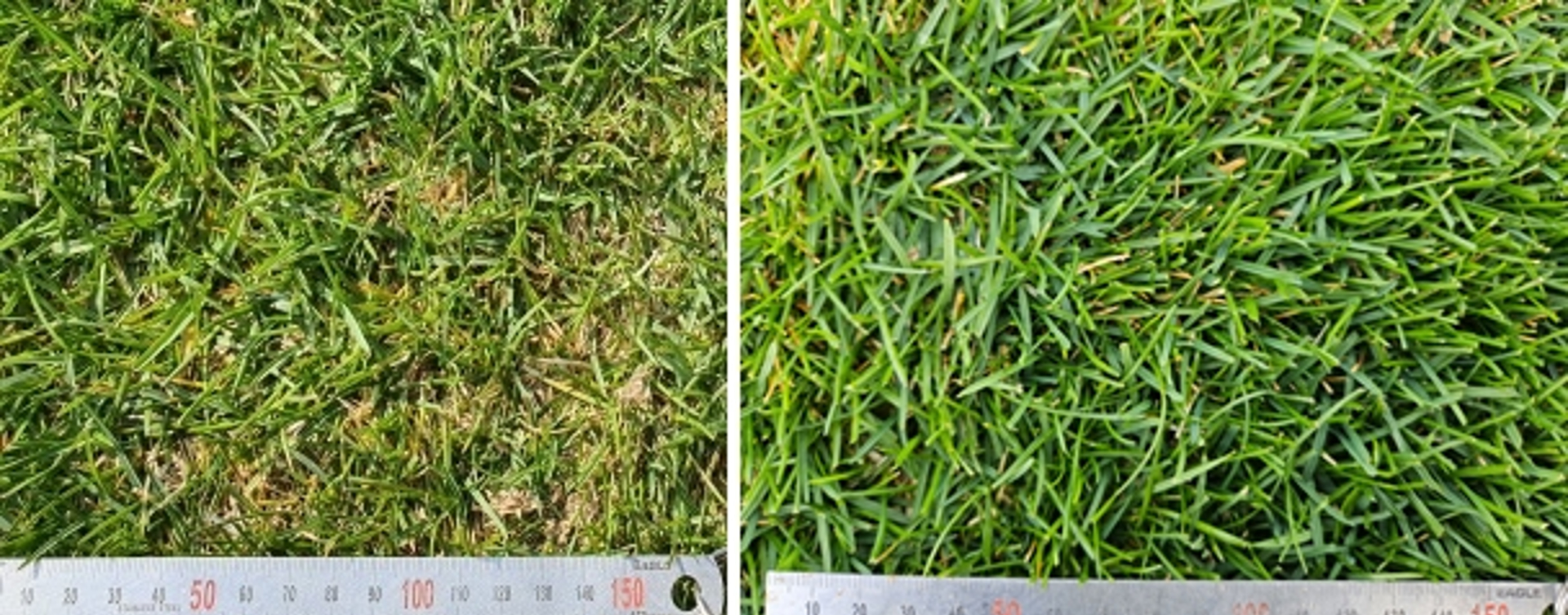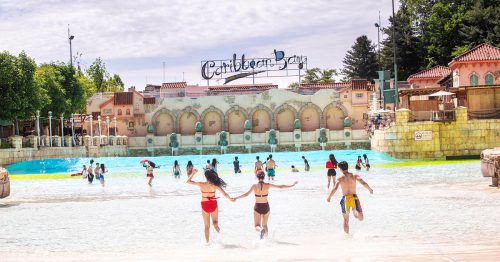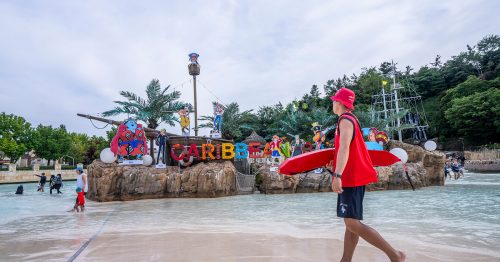When you think about places that need healthy, lush coverage of green grass, golf courses and football fields probably spring quickly to mind. Samsung C&T Resort Group, which manages no fewer than 6 golf clubs in Korea, has been sharing its proprietary knowledge and accumulated experience of growing pristine lawns with the Korea Professional Football League, yielding impressive results.
Learning about lawns
Samsung C&T Resort Group’s Lawn Environment Institute (LEI) opened in 1993 as Korea’s first specialist body focusing on researching how to create the best lawns. It manages the greens of some of the nation’s top luxury golf courses, such as at Anyang Country Club and Gapyeong Benest Golf Club, both operated directly by the Resort Group.
The grass is now greener
In 2021, Samsung C&T’s Lawn Environment Institute signed a contract with the Korea Professional Football League to consult on lawn management, and now provides this service to 12 teams in K League 1 and 11 teams in K League 2, for a total of 23 domestic football pitches. Twice each year, researchers from the LEI visit each stadium in spring and summer to check the condition of the lawn and suggest detailed ways to improve it.
When an unsatisfactory patch of grass is discovered at a stadium, a sample is sent to the LEI for analysis. Feedback and communication is ongoing between the K League stadiums and the LEI to find solutions to problems. Said a lawn keeper at Ulsan Infrastructure Corporation, which manages Ulsan Munsu Stadium, “At one stage there was a grass pest, but we were able to fix it by consulting with the Lawn Environment Institute,” adding, “With scientific data, we were able to do the work necessary to improve the lawn here.”


